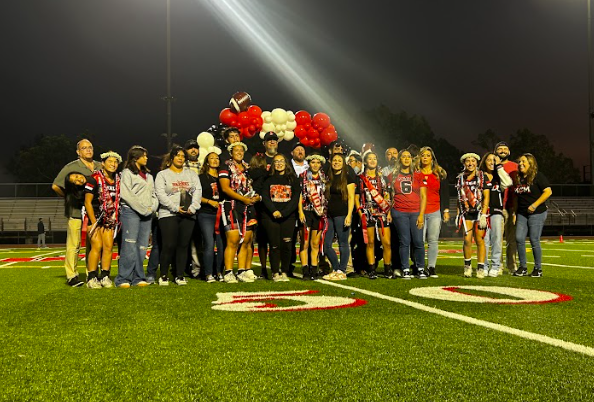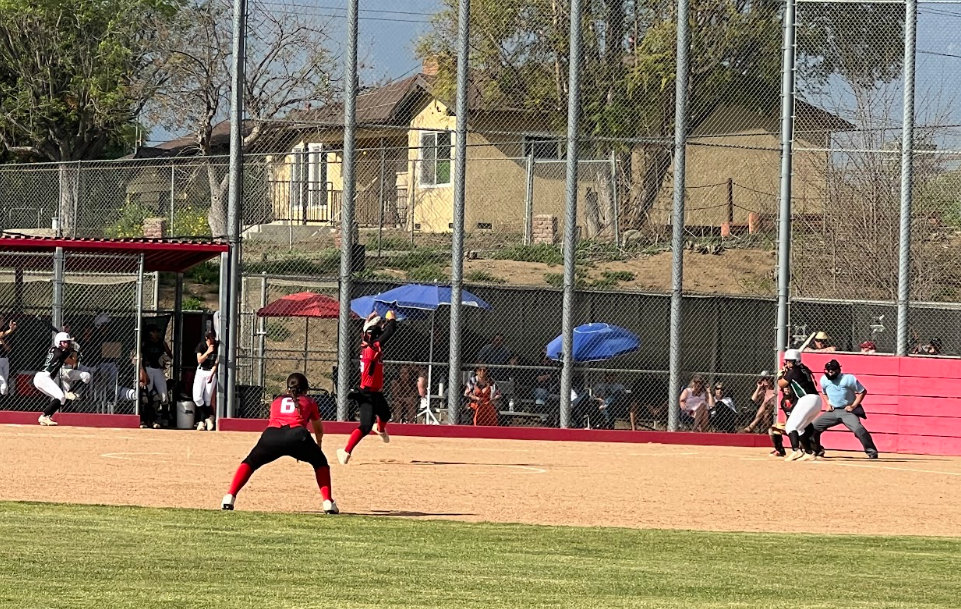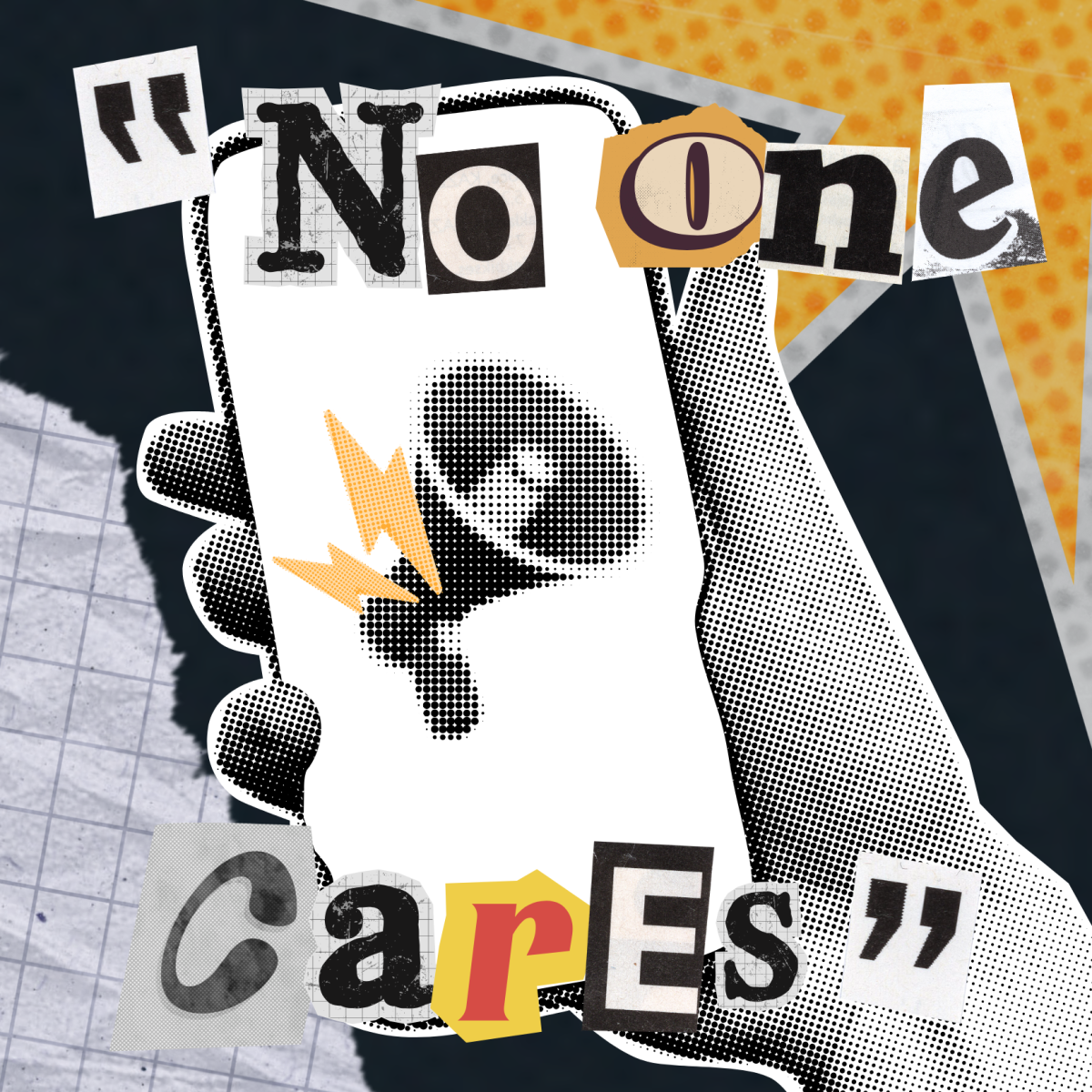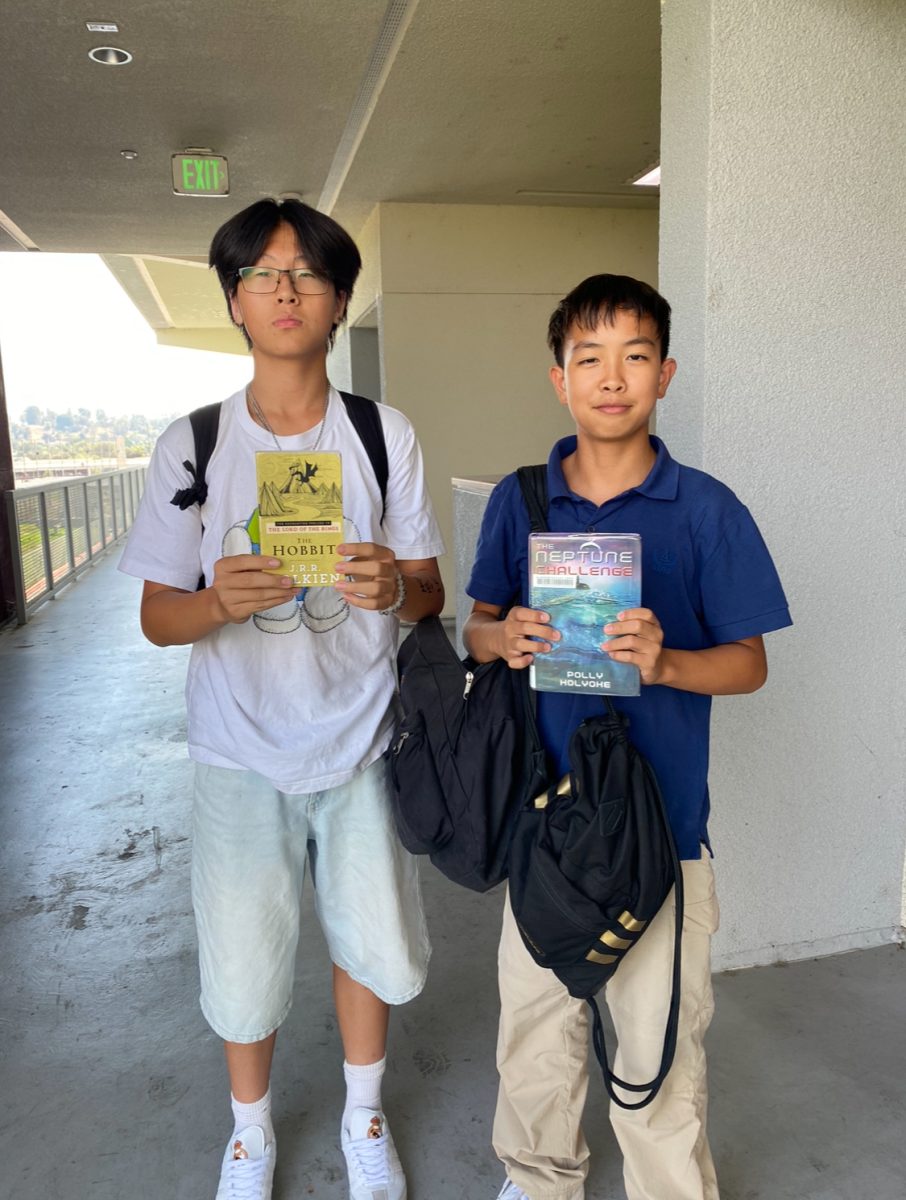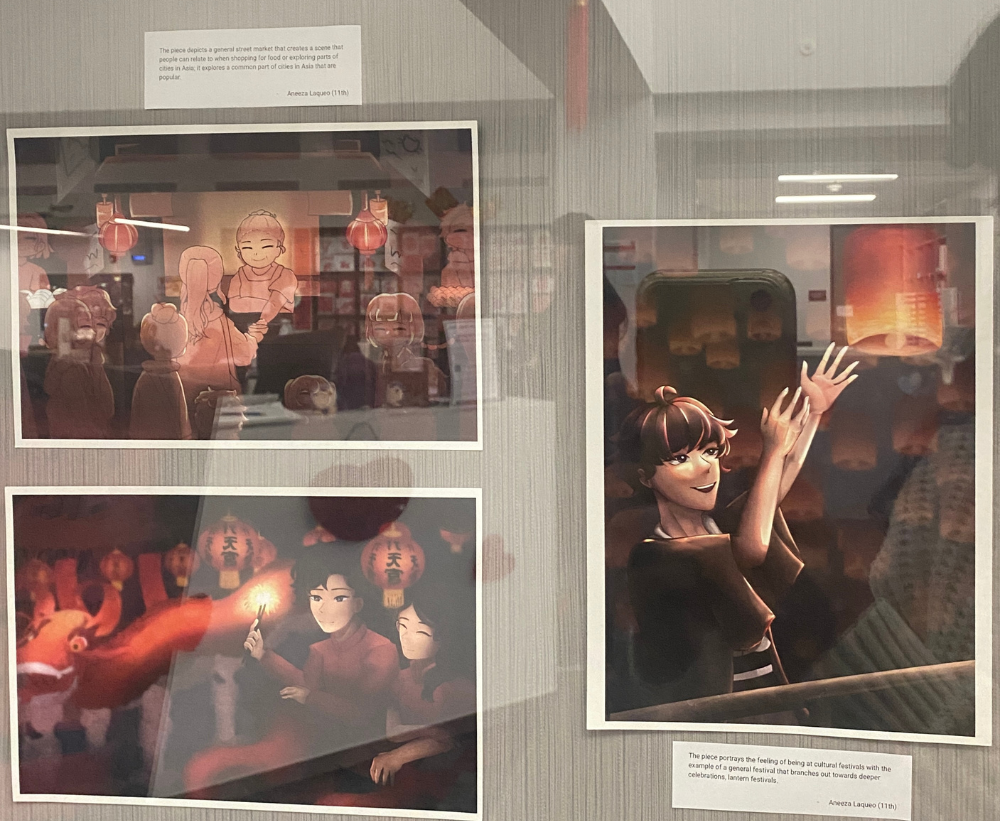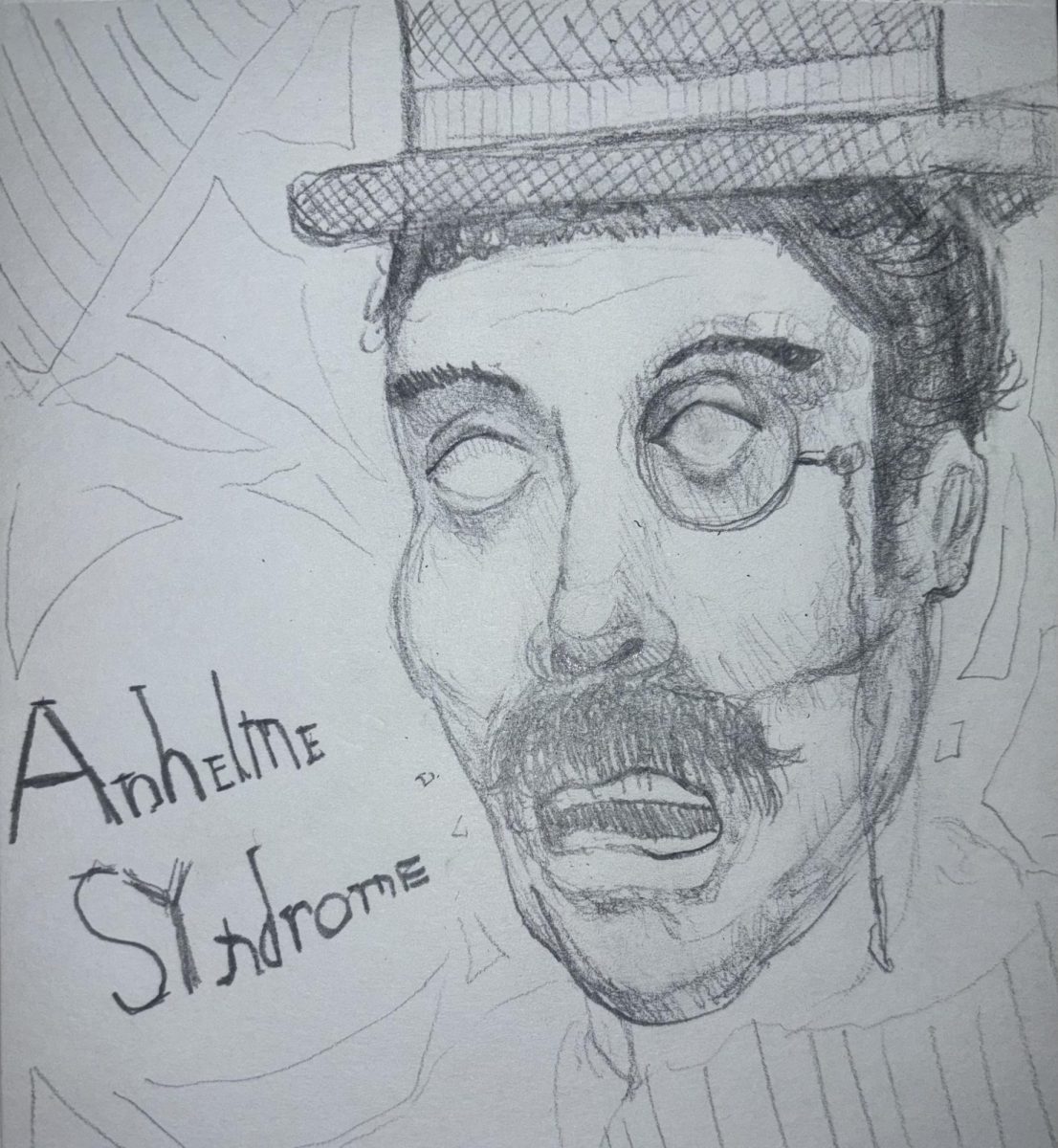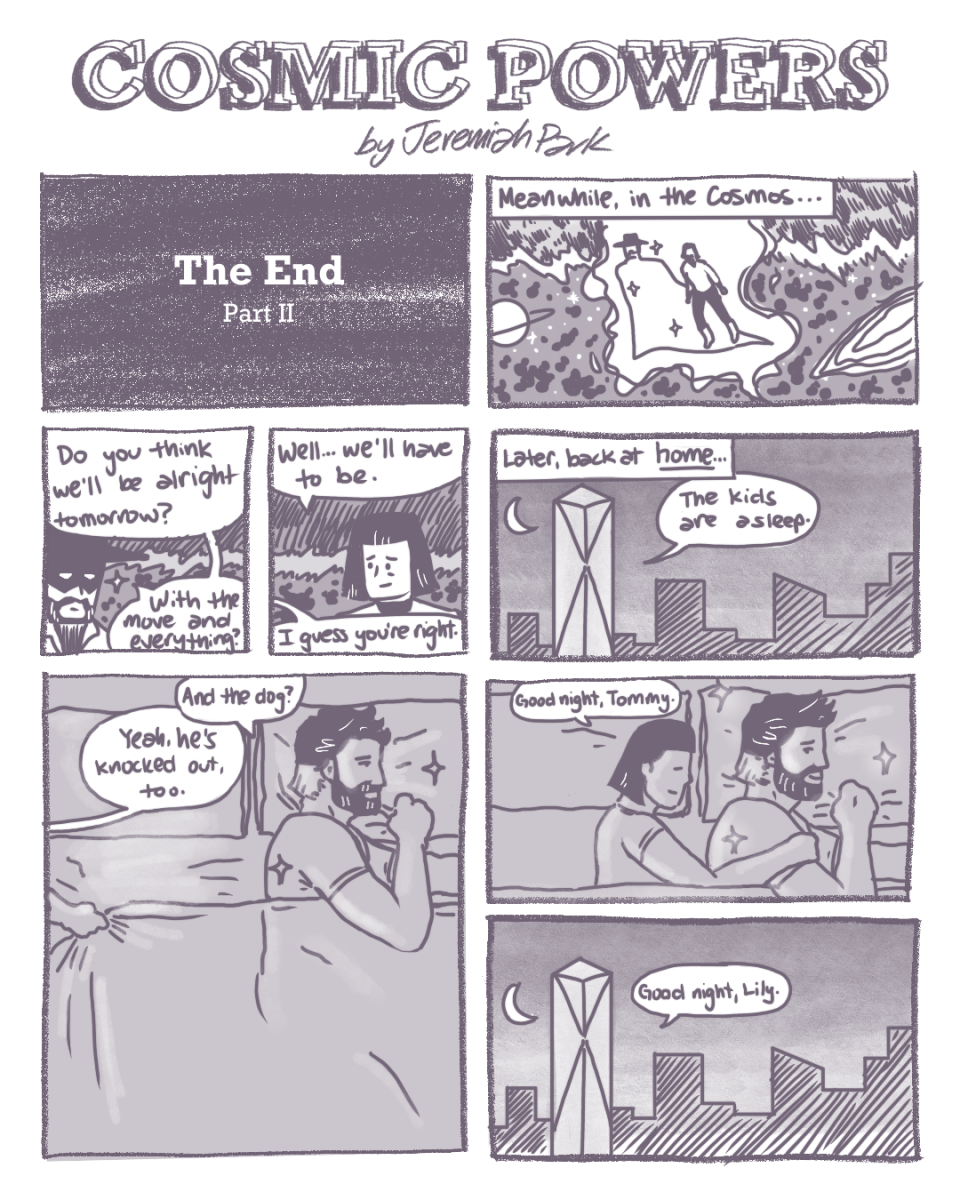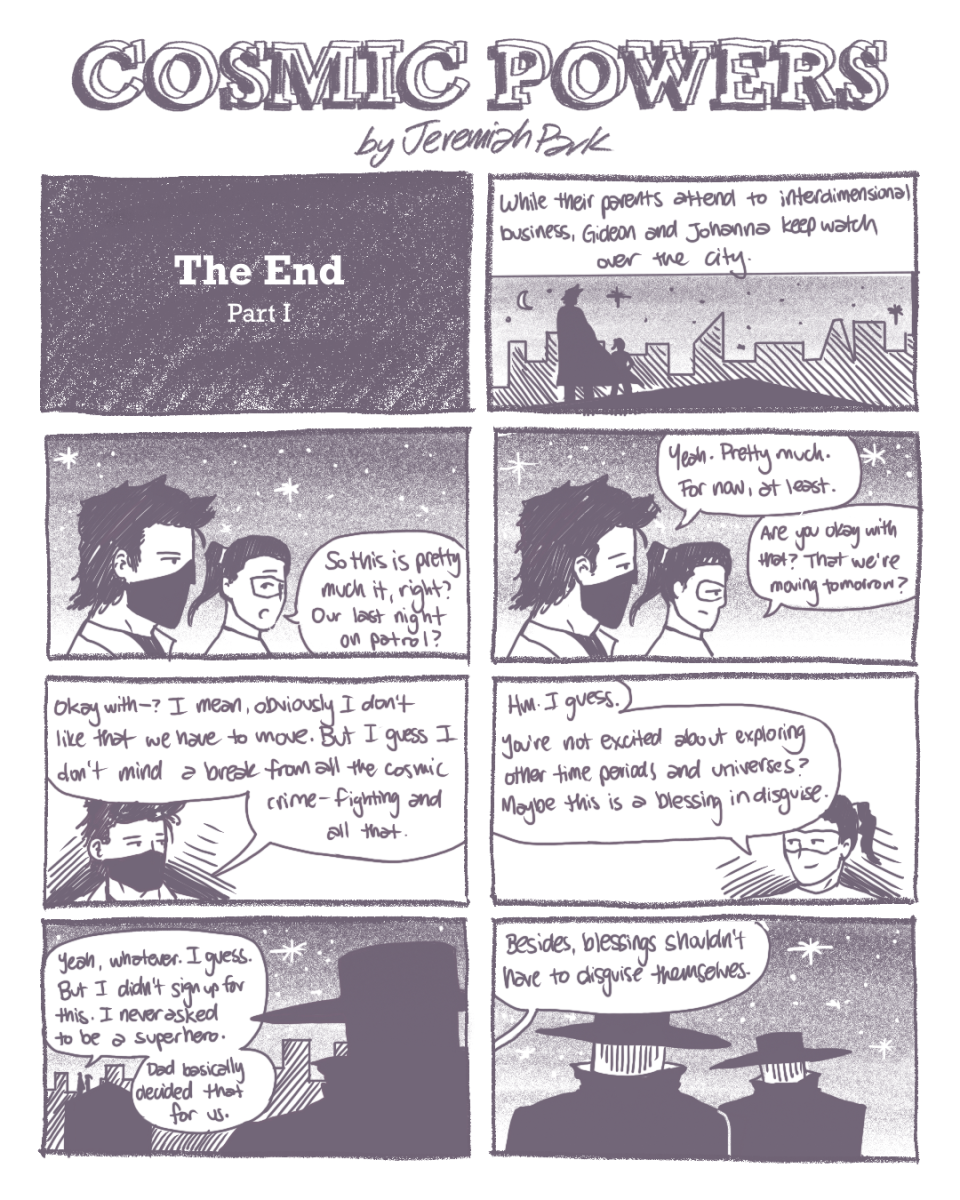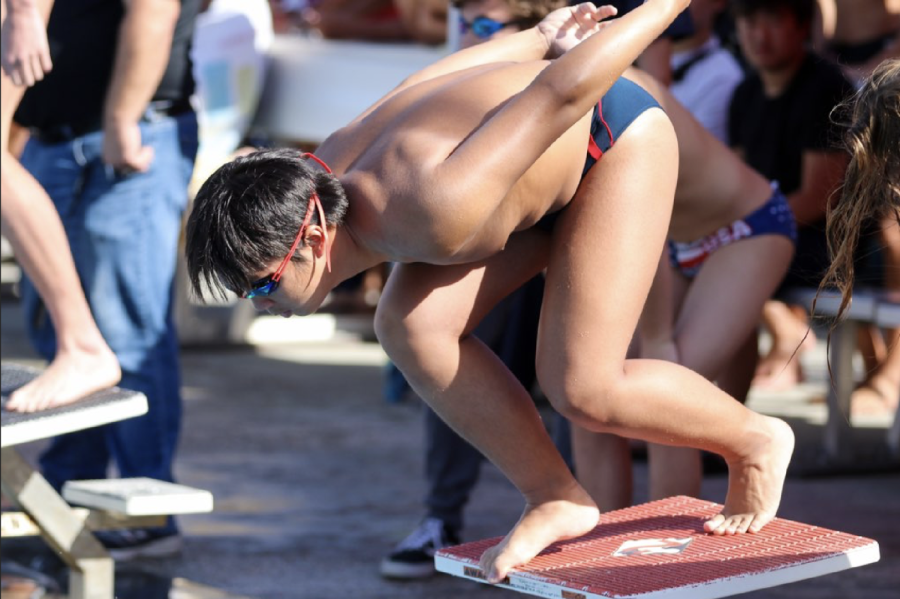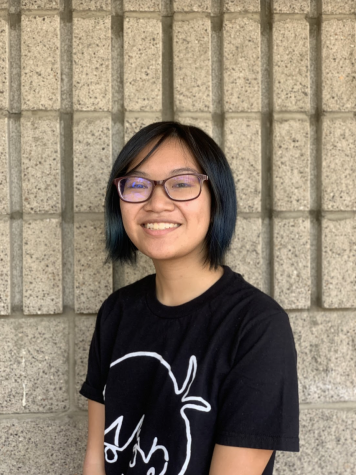Ting Xiao: Finding Patterns in the Pool
Ting Xiao (12) prepares to dive into the water during one of Ayala’s boys’ swim meets. These meets often coincided with his architecture team’s meetings, but Xiao quickly learned to adapt to the changes and fit both extracurriculars into his schedule.
October 27, 2022
To most, the pool is not much of interest; it is simply a tiled trench of chlorinated water. But, lifting each arm, performing each kick in a perfected stroke, senior Ting Xiao cannot help but notice each minute detail as he rockets through the water. With each breath, each disruptive wave to the water’s previously-undisturbed refractive pattern, he creates small yet precise adjustments in each repetitive movement. Like the water, each stroke is but an ever-changing pattern, one relying on the same creativity that he finds familiar within his life.
After all, Xiao has had an eye for patterns ever since his youth. From the speckles on drywall to the blue-and-white tiling of the school pool, he cannot help but pick up on the small, precise details within the world around him.
Seven years ago, Xiao decided to dive into competitive swim, seeing it as an easy, repetitive form of exercise. However, he soon fell in love with the community, as he found that many of his teammates were equally as unique as he was.
“I enjoyed hanging out with swimmers because they’re really strange to be around. They have this dedication to this sport that just goes back and forth, [so] they [have] to have something interesting to think about,” Xiao said.
During his year-round swim days, Xiao saw rapid improvement in his skills, much of which he attributes to his detail-oriented brain and the stroke patterns he had fine-tuned during his practices.
“There’s a lot of details that go missing in swimming,” said Xiao. “Nobody’s born to swim, so to become a great swimmer, you have to throw everything out of the water and move your body in unpredictable ways. So to go as fast as possible, you’d have to change a lot of details that sometimes people don’t understand or don’t see, and then you have to make these precise changes every single second in order to go faster.”
However, a couple years after entering Ayala and switching to seasonal swimming, Xiao felt as if he had reached his peak. As he continued to swim, he began to question his purpose — his skills had not yet reached their limits, of course, but striving for self-improvement suddenly was not enough. After all, that had been a pattern he had followed for years, one that was suddenly far too repetitive.
At the same time, Xiao had been trying to juggle swim and his STEM extracurriculars, both of which were in direct conflict with each other. As leader of his architecture team in the Architecture, Construction, Engineering (ACE) Club, he was forced to find a workaround to the disruption of the stable patterns of his everyday life. But from this experience, he found a new goal: to become a role model to others.
“As project leader, I had to find some way around [the scheduling conflict], and that led to my peers understanding my situation and [realizing], ‘Hey, he’s trying his best. We should try our best [too],’” said Xiao.
With Wednesdays being his swim meet days as well as ACE Club’s meeting days, Xiao spent countless hours of his free time working to guide his team despite the scheduling conflicts. Although he was not present during the meetings, he worked hard behind the scenes to ensure his teams—both swim and ACE—succeeded.
“He works really hard and he makes sure everything gets done on time, even if he has to spend late nights,” said senior and ACE team member Elkan Wong. “Even though Ting missed meetings, when we could all get together, he still showed up when it was time… That was pretty inspiring, I would say.”
This new motivation to become a leader for others soon translated from his STEM activities into the swim season when Xiao realized that, instead of continuing the pattern of pure self-improvement, he could instead help others improve as well.
“Some people do want to swim faster, but they don’t have the resources [or] the necessary knowledge. So that’s why I stepped in to coach some of these kids,” added Xiao.
Throughout his junior year, Xiao spent the season mentoring his team juniors and helping them improve their own skills. Later on, he extended his mentorship to middle-schoolers, teaching them how to master swim strokes and flip-turns.
“I understood that to get better at swimming, I didn’t just have to train more. I had to actually teach some people,” Xiao said. “That shift from wanting to be faster to wanting others to also be faster was what pushed me to continue.”
Today, Xiao still treads the careful line between balancing ACE activities, personal life, and the upcoming swim season. But, like his various swim strokes, he has learned to adjust his daily patterns alongside the lapping waves of life. And if there’s one pattern he’s remembered not to break, it’s putting the weight entirely on himself.
“I do not know everything. I may not perceive a pattern that people are living in,” Xiao said. “I enjoy being an inspiration to others, [but] in the end, no man rules alone.”


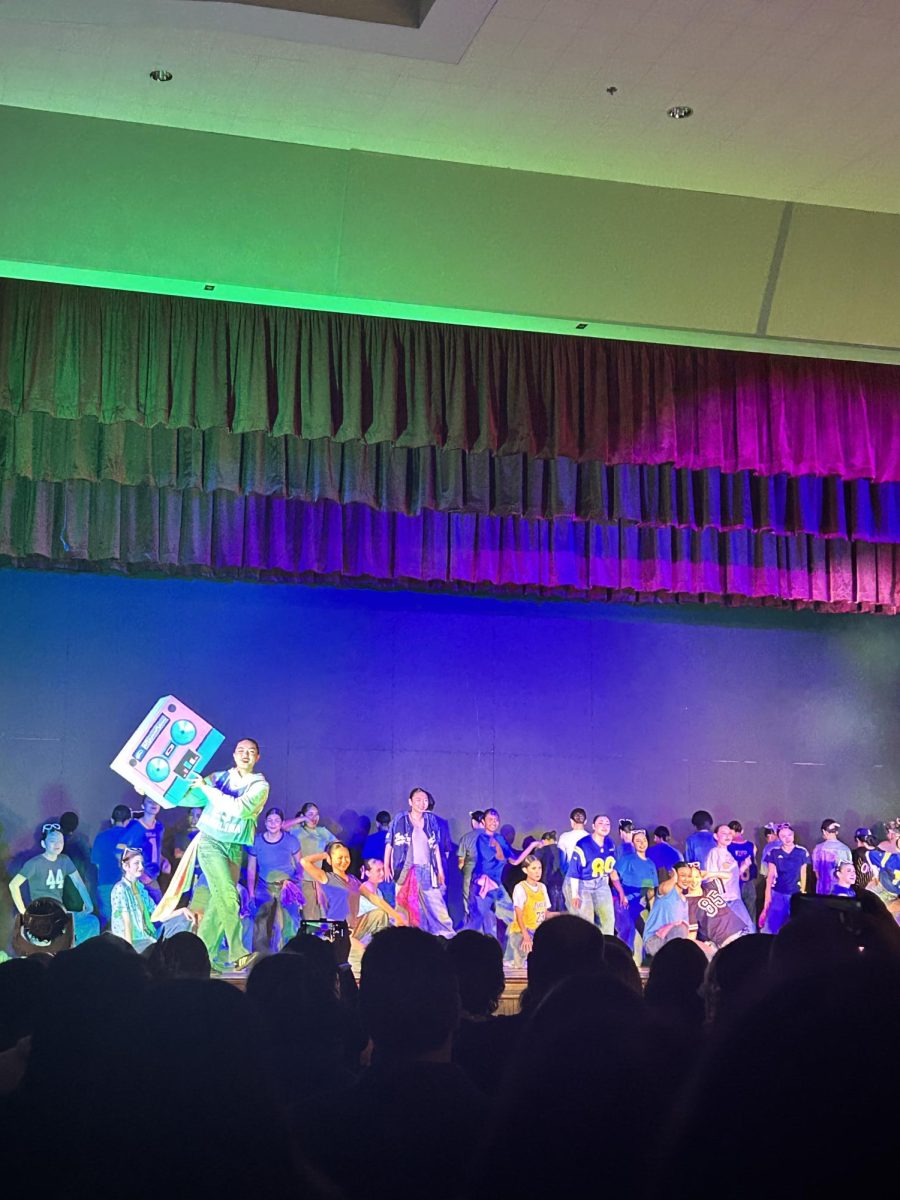

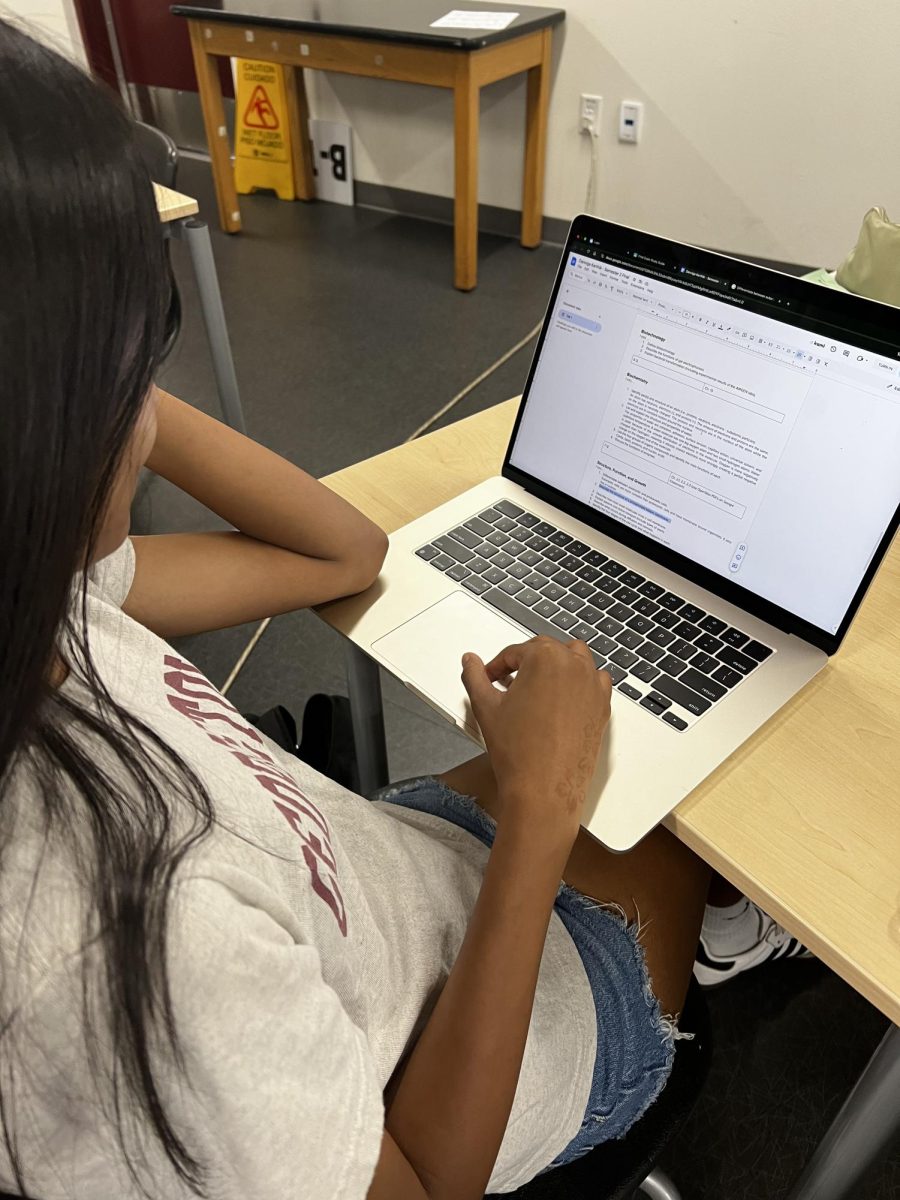












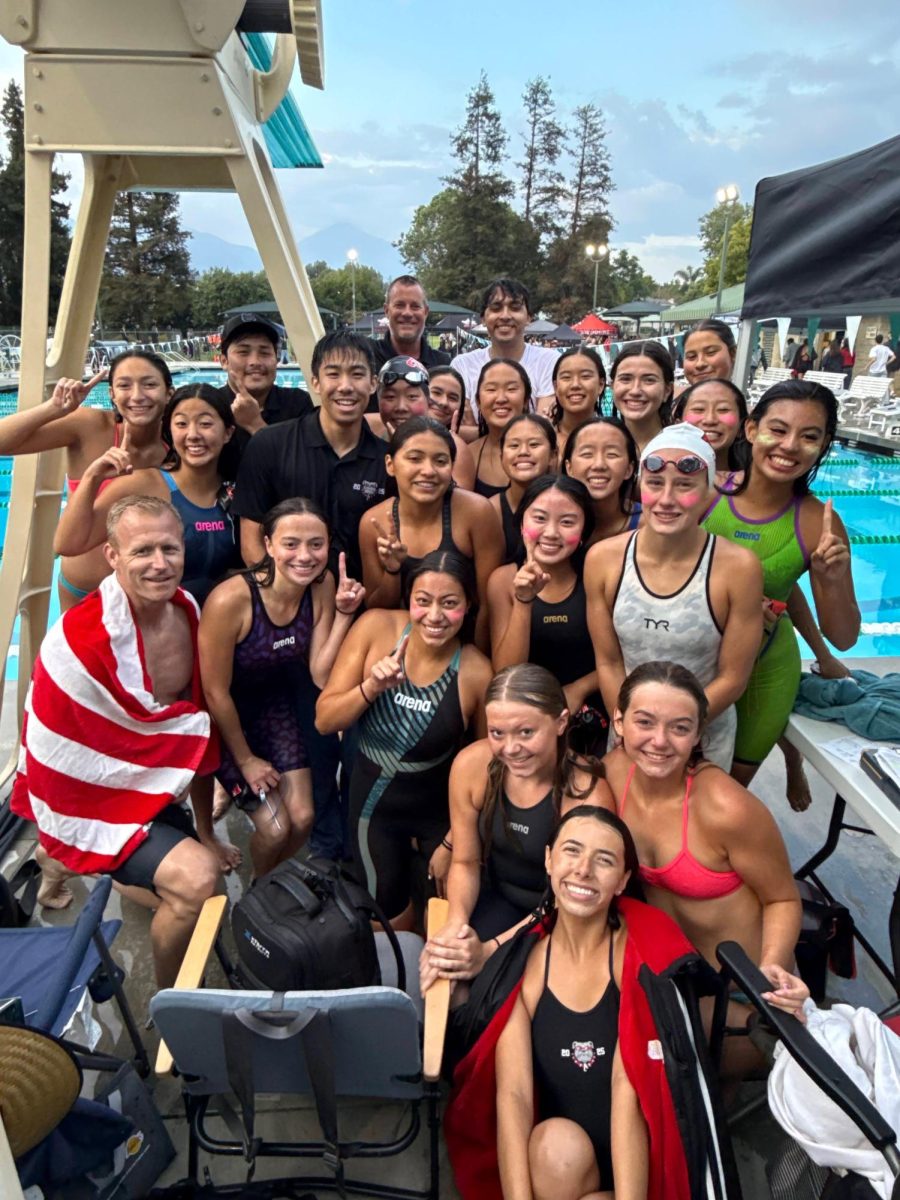
![“I'd say [this season was] successful because I didn't really think I was going to really play much because I'm a freshman. But my coaches took the time and believed in me,” Jonah Boyd (9) said. As a freshman, Boyd has already achieved great success during his first year on the boys Varsity baseball team.](https://ayalabulldogtimes.org/wp-content/uploads/2025/05/IMG_1598-1.jpeg)



